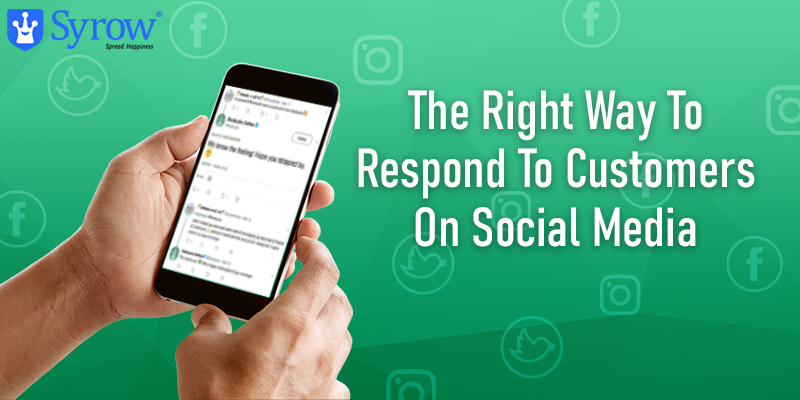Social media has become a crucial support channel in these times. Customers prefer to interact with their brands through social platforms and social messaging apps. This is applicable to both positive, and not-so-happy instances.
Customers basically like the familiarity with which they are able to communicate with brands. To them, it’s easy… like talking to another friend or social acquaintance. So, when your customers are looking for you on social media to establish deep, direct contacts with, your first move would be to ensure you are there and easily found. But the real art of handling customers via social media is in knowing when and how to respond.
Common Pitfalls with Social Media Support
Before we get into the rules of social media support communication, let’s have a look at some common problems areas that can result.
a) Avoid following on a channel to channel basis
If your company’s approach to social media support is according to one channel after another, you may be missing out.
When a customer approaches you via one social media messaging app one day, they may choose to follow up via another or a completely different platform such as telephony or chat widget.
Today, customers are known to choose the most convenient option at that time and companies need to be present on all, in a unified manner. So, if your customers jump from one platform to another, you should be there to catch them on every mode – calling, chat, email or social. Plus, you should be able to track each communication from a single customer, to be able to respond better. For this, an omnichannel customer support platform is ideal.
b) Mis-communication between Marketing, Customer Support & After Sales departments
Often companies spread out their social media support activities between various departments. This leads to a dithering situation in which some customers can get lost.
The solution is to dedicate a single team, preferably an outsourced customer support one, that handles all social media support communication. In this way, every message is attended to and in time.
Social Listening
A recommended starting point to catch your existing and potential customers and know what they are saying about your brand, and even your nearest competitors, is by conducting an audit.
A comprehensive and thorough audit of all the social media channels, will tell you exactly where your brand name is appearing and in what light. Your forward strategy can be based on this insight and tell you how, when and where you should be responding to your customers.
On an ongoing basis, you may set up social media monitoring streams and segregate customer responses based on specific products, positive or negative comments and other such categories.
You May Also LIke: How Your Customers Are Developing Perceptions About You Right Now
How to Respond to Customers on Social Media
1) Create Social Media Communication Guidelines
Creating a social media guideline document that aligns with your company and brand values is an effective way, to ensure a strong support system.
Define aspects such as tone of voice, prescribed response time, when to escalate an issue and a list of FAQs.
2) Be Honest & Take Responsibility
Dishonesty is one of the top reasons for customers to post negative comments on social media. Hence, it’s important to be truthful and live up to your promises when dealing with your customers.
It’s also a good idea to take responsibility for a problem, even if it may not be your fault entirely. Begin with an apology and then proceed to offer solutions. If you don’t have the answer, say you will get back and do so in the given time period or earlier.
3) Always Respond & Respond Quickly
You may be surprised to know that many companies tend to ignore feedback. But on social media, this can backfire. Respond to every comment or query within 15 minutes for a Very Responsive To Messages badge on FB. Both Facebook and Instagram have instant or quick reply features.
Try an AI powered Chatbot system that addresses customers 24 by 7.
When a customer comments on a social media post, he or she wishes to make the matter public so understand this and respond accordingly. Provide automated response templates or even resources such as FAQs, tutorials or short explainer blogs if needed. But never ignore a customer message on social media.
Related: How To Improve Your Response Rate
4) Be Positive & Maintain Transparency
No matter how stressful it is for you to respond to every query, never lose your cool.
Stay positive and keep a sense of humour. Don’t laugh at a distressed customer but allow them to make you angry either. When resolved, use emoticons and keep things light.
This point is one of the main reasons companies outsource their social media support to trained, third parties.
Transparency is linked to honesty but it plays a bigger role when there are complicated issues to resolve. Inform the customer about the process and people involved in fixing the problem and be realistic about when and if it can be resolved.
5) Know When To Take It Into a Personal Mode
There is no need to air all your dirty laundry in public!
If you feel a problem is getting out of hand or requires the customer to provide sensitive personal information such as card information or delivery address etc, call or message them privately.
This shows the customer that you value them and respect their privacy.
If you need help with responding the right way to your customers via social media, speak to us today!

